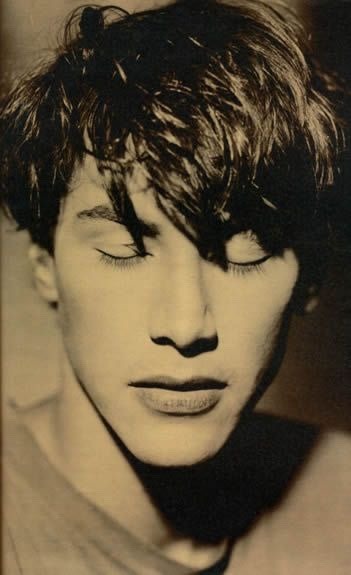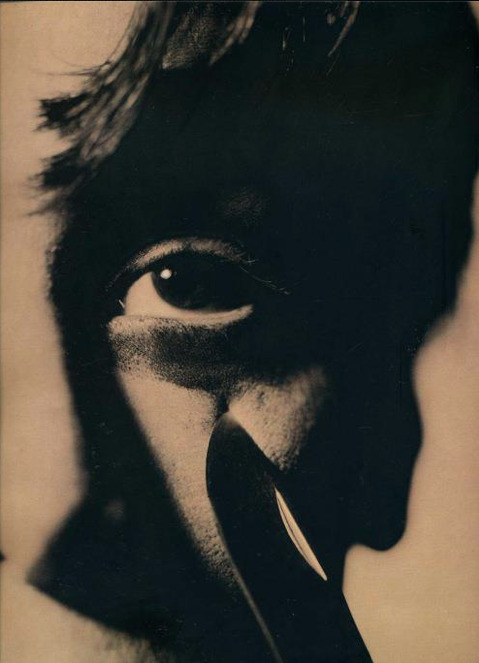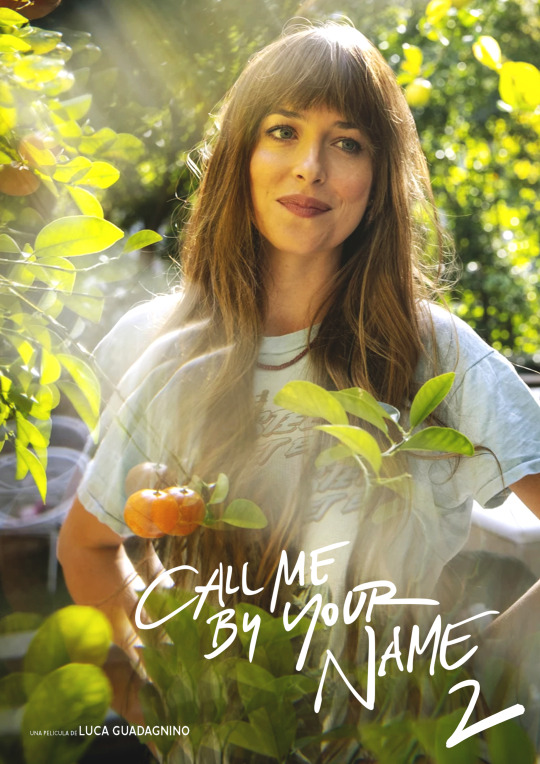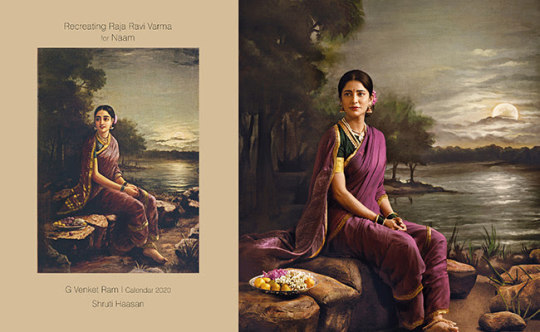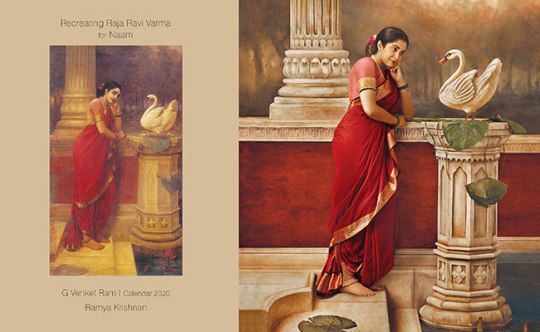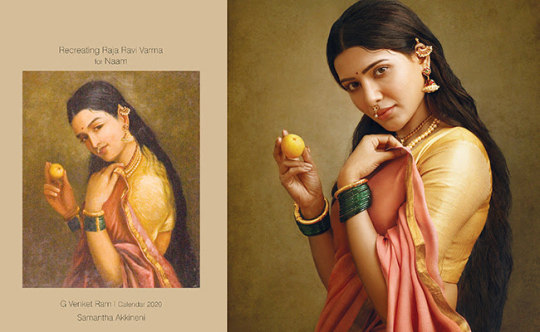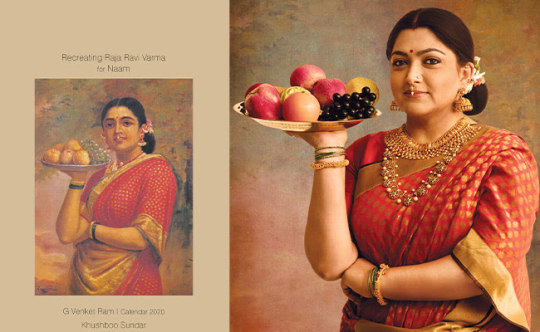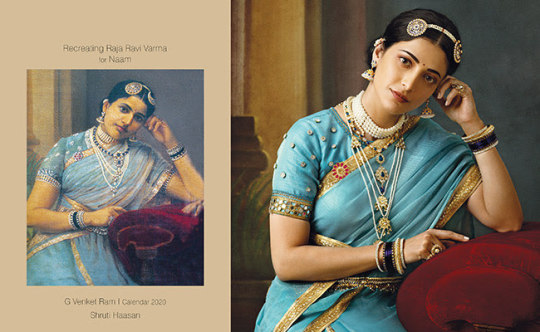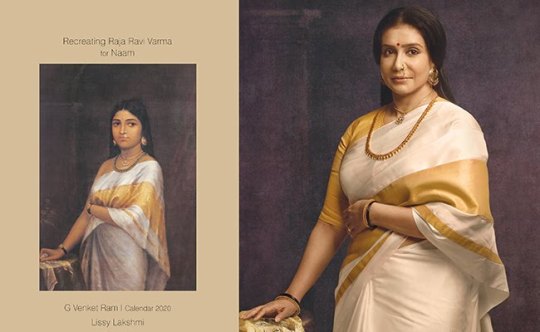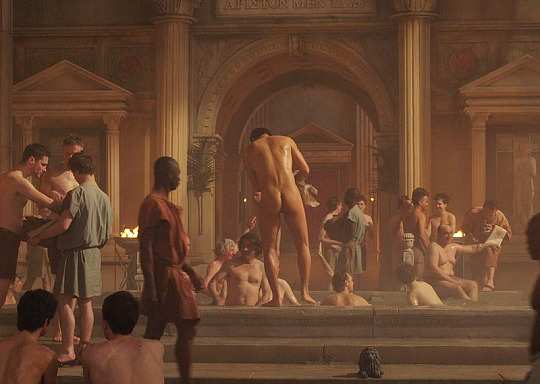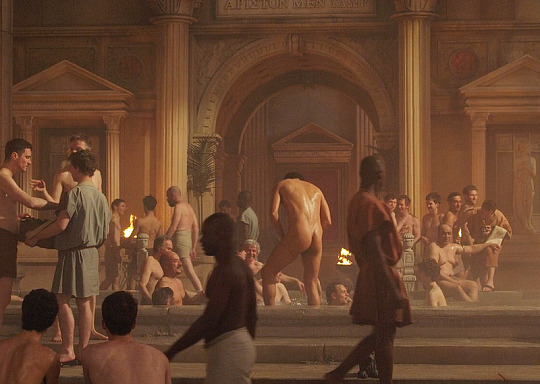Photo

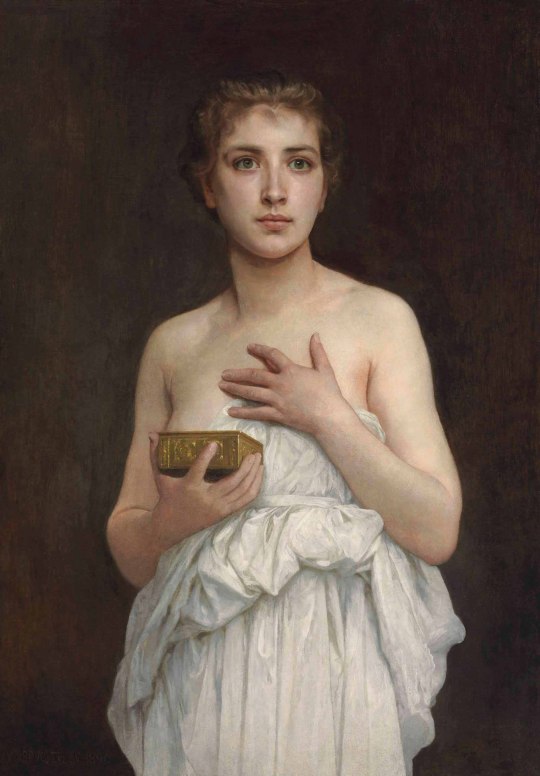
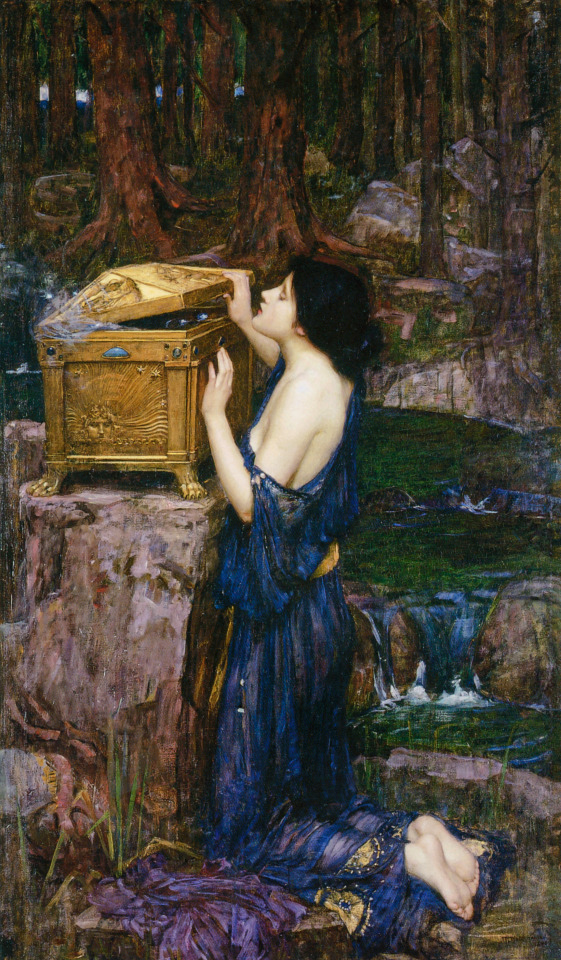
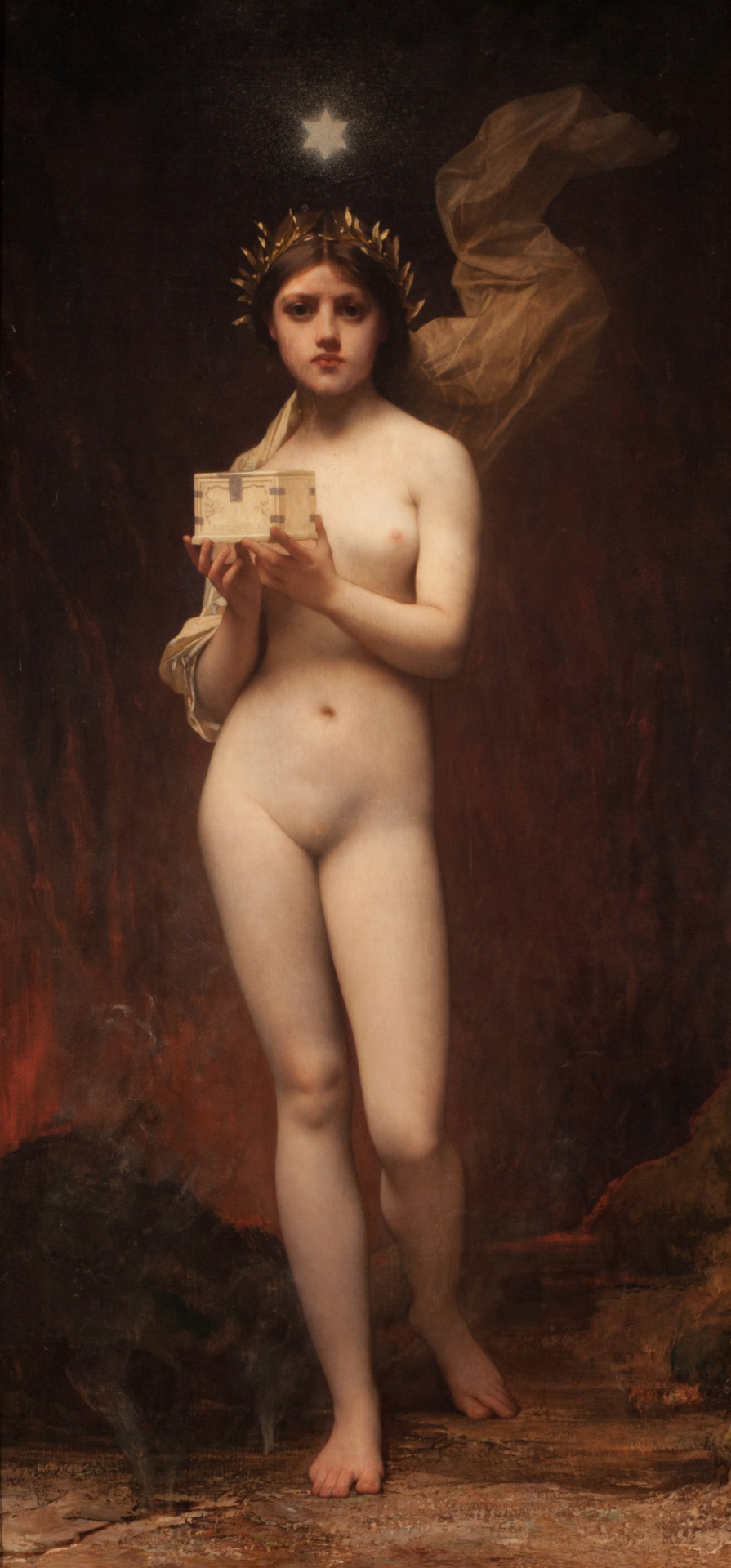
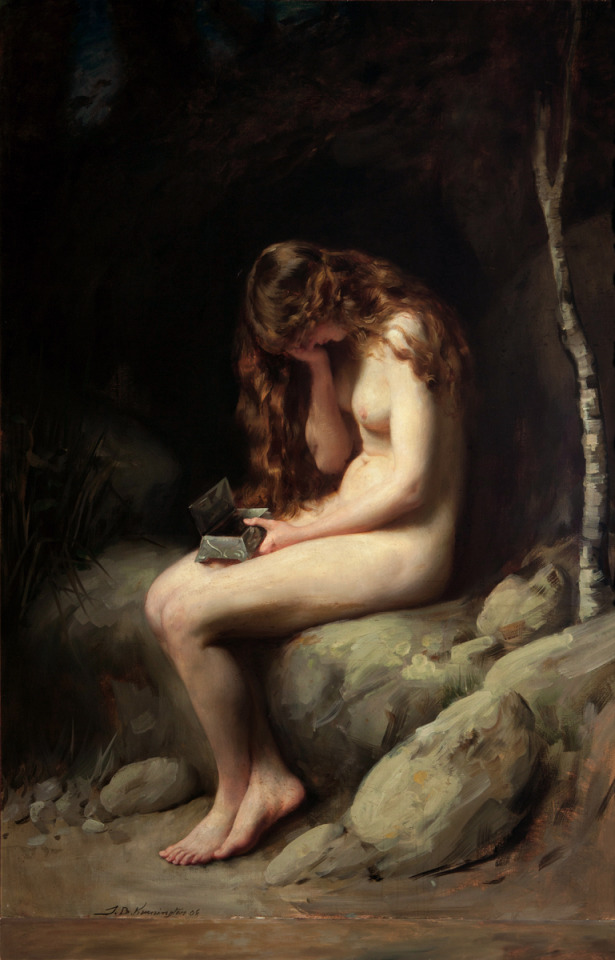
In Greek Mythology, Pandora was the first woman formed out of clay by the gods. Zeus commanded Hephaistos (God of fires and blacksmiths) and Athena (Goddess of the arts) to endow her with beauty and cunning.
Zeus delivered her to Epimetheus, brother of Prometheus, for marriage. A wedding gift was a pithos or stage jar (later wrongly translated as a box), which contained evil spirits.
Pandora opened the jar against warnings from Zeus and with this unleashed all the evils now known to man, leaving only hope inside. Today the phrase ‘to open Pandora’s box’ means an apparently innocent action may result in far reaching consequences.
-
Mysterious Art Century
Instagram - Facebook - Twitter - Pinterest - Shop
771 notes
·
View notes
Photo

we are 30k Followers! thank you so much!
This tumblr started out as a genuine expression of everything I love. boys. Gradually I found amazing people who share the same feelings as me. Today we added 30 thousand horny hearts for every detail of the male body, lgbtqia+ references and a tribute to all queers who came before us. Thank you so much for walking with me on this exciting, hot and extraordinary journey.
xx Lucas.
Bruno Montaleone & Brenno Leone photographed by Pedro Pedreira
256 notes
·
View notes
Photo
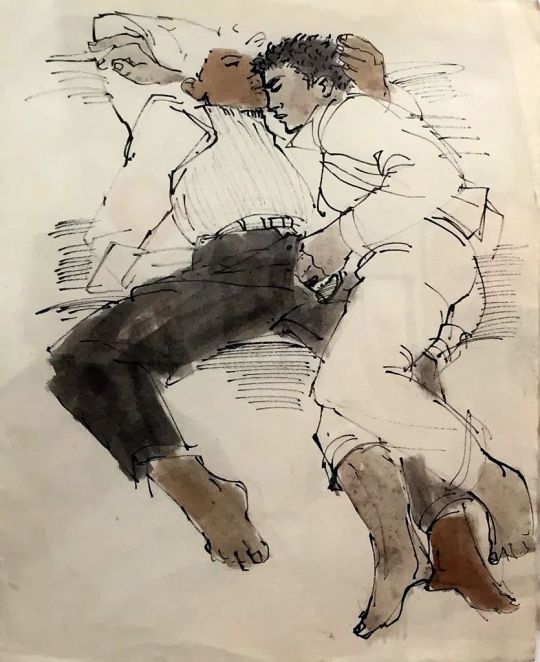
Avel de Knight, Untitled (Two Figures) Date Unknown
Leslie Lohman Museum
5K notes
·
View notes
Text

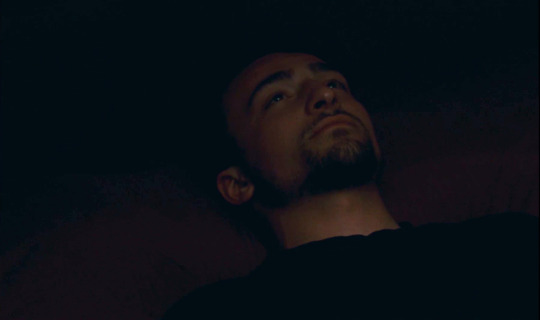
Giorgi Ambroladze (What do we see when we look at the sky, 2021)
55 notes
·
View notes
Text
Maharani Gayatri Devi - The most beautiful Indian Woman of all Time by VOGUE
Gayatri Devi (23 May 1919 – 29 July 2009), often styled as Maharani Gayatri Devi, Rajmata of Jaipur, was born as Princess Gayatri Devi of Cooch Behar. She was the third Maharani of Jaipur from 1939 to 1970 through her marriage to HH Maharaja Sawai Man Singh II.
Following India’s independence and the subsequent abolition of the princely states, she became an extremely successful politician. Gayatri Devi was also celebrated for her classical beauty and became something of a fashion icon in her adulthood. She has been counted in ‘The Ten Most Beautiful Women of the World’ along with actress Leela Naidu by the Vogue Magazine.
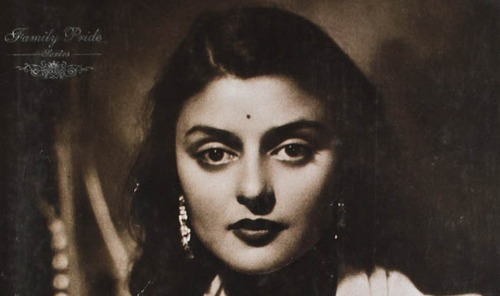
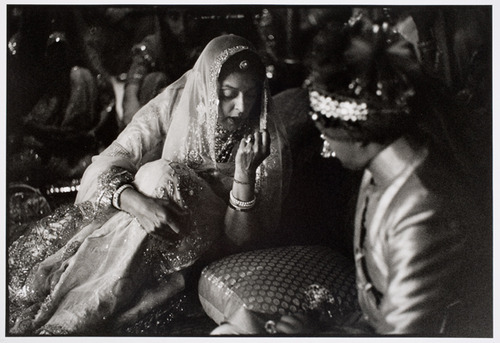
Maharani Gayatri Devi Of Jaipur Before her wedding with Maharaja Of Jaipurs Son
Gayatri Devi, who was once listed among the ‘World’s Ten Most Beautiful Women’ along with actress Leela Naidu by the Vogue, was placed sixth after Princess Grace of Monaco, Queen Rania of Jordan, Kate Middleton, Princess Diana of Wales and Princess Charlotte of Monaco. and ahead of Princess Madeleine of Sweden, Crown Princess Mary of Denmark, Princess Margaret and Princess Masako of Japan.
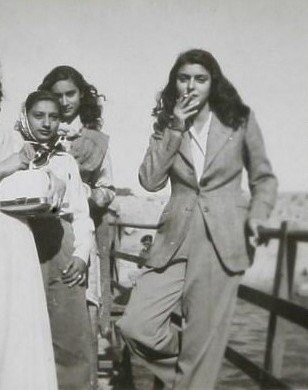
She died on 29 July 2009 in Jaipur, at the age of 90. She was suffering from paralytic ileus and lung infection.
Early life
Ethnically Bengali her father, Prince Jitendra Narayan of Cooch Behar, West Bengal, was the younger brother of the Yuvraja (Crown Prince). Her mother was Princess Indira Raje of Baroda, the only daughter of Maratha King, Maharaja Sayajirao Gaekwad III, an extremely beautiful princess and a legendary socialite. Early in her life, her uncle’s death led to her father ascending the throne (gaddi). Gayatri Devi studied at Glendower Preparatory School in London, Patha Bhavana of Visva-Bharati University, Shantiniketan, and later in Lausanne, Switzerland, where she travelled with her mother and siblings, then studied secretarial skills in London School of Secretaries; Brilliantmont and Monkey Club London.
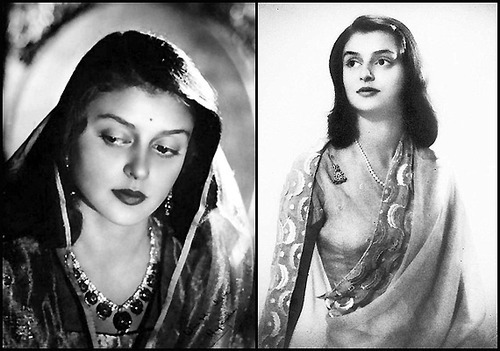
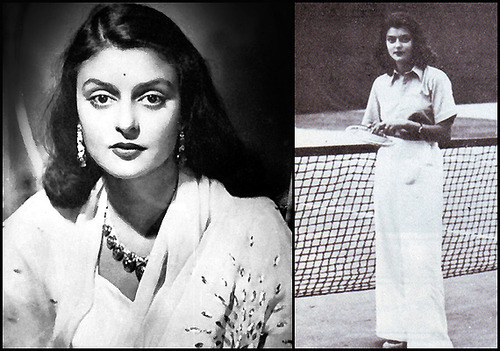
She first met Jai (H.H. Saramad-i-Raja-i-Hindustan Raj Rajendra Sri Maharajadhiraja Sir Sawai Man Singh II of Jaipur), when she was 12 and he had come to Calcutta to play polo and stayed with their family. She married Sawai Man Singh II Bahadur on 9 May 1940.
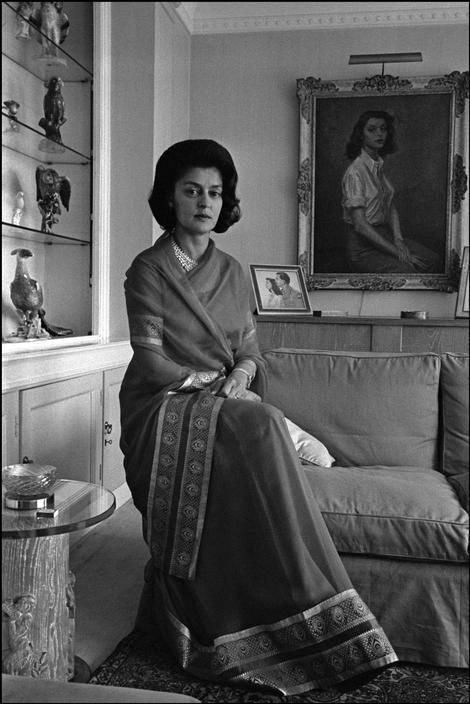
Maharani Gayatri Devi (as she was styled after marriage) was a particularly avid equestrienne. Maharani Gayatri was an excellent rider and an able Polo player. She was a good shot and enjoyed many days out on ‘Shikars’. Her Highness was fond of cars and is credited with importing the first W126, a 500 SEL to India which was later shipped to Malaysia. Gayatri Devi had one child, Prince Jagat Singh of Jaipur, late Raja of Isarda, born on 15 October 1949, who was granted his uncles’s (father’s elder brother) fief as a subsidiary title. Jagat Singh was thus half-brother to Bhawani Singh of Jaipur.
Gayatri Devi was once included in Vogue magazine’s Ten Most Beautiful Women list.
Gayatri Devi started schools for girls’ education in Jaipur, most prominent of which is the Maharani Gayatri Devi Girls’ Public School established in 1943. She also revived and promoted the dying art of blue pottery.she was also known as kutti(little) devi.
Political career

After Partition and Independence Day in India in 1947, Gayatri Devi ran for Parliament in 1962 and won the constituency in the Lok Sabha in the world’s largest landslide, winning 192,909 votes out of 246,516 cast, confirmed by the Guinness Book of Records. She continued to hold this seat on 1967 and 1971, Swatantra Party of C. Rajagopalachari, the second Governor-General of Independent India, running against the Congress Party.
When the privy purses were abolished in 1971, terminating all royal privileges and titles, Gayatri Devi was accused of violating tax laws, and served 5 months in Tihar Jail. She retired from politics and published her autobiography, A Princess Remembers, written with Santha Rama Rau, in 1976. She was also the focus of the film Memoirs of a Hindu Princess, directed by Francois Levie.
There were rumors that she might re-enter politics as late as 1999, when the Cooch Behar Trinamool Congress nominated her as their candidate for the Lok Sabha elections, but she did not respond to the offer.
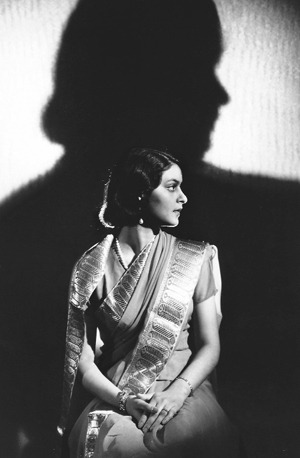
Her father Jitendra Narayan Bhup Bahadur was the second son of Maharaja Nripendra Narayan Bhup Bahadur and Maharani Sunity Devi of Cooch Behar. After the death of his elder brother Maharaja Raj Rajendra Narayan Bhup Bahadur, a bachelor, he ascended the throne of Cooch Behar in November 1913, few month’s after his marriage with Princess Indira raje Gaekwad of Baroda. Maharani Sunity Devi was the daughter of illustrious Brahmo social reformer Keshab Chandra Sen.
Family
She had one son, Prince Jagat Singh, late Raja of Isarda(15 October 1949 – 5 February 1997), who was granted his paternal uncle’s (father’s elder brother) fief of Isarda as a subsidiary title. Jagat Singh was married 10 May 1978 to Mom Rajawongse Priyanandana Rangsit (b. 1952) who is the daughter of His Serene Highness Prince Piyarangsit Rangsit and Her Royal Highness Princess Vibhavadi Rangsit (née Rajani) of Thailand. The marriage produced two grandchildren:
Rajkumari Lalitya Kumari (b. 1979)
Maharaj Devraj Singh, now Raja of Isarda (b. 1981)
Today, they are her only surviving descendants, and as such, have claimed to be heirs of their paternal grandmother. Maharaj Jagat Singh was thus half-brother to Bhawani Singh of Jaipur, the eldest son of the late Maharaja by his first wife, a Jodhpur princess.
Family relationships
Jaipur
The Maharani had three stepsons through her husband’s first and second marriages, of whom the eldest is the present Maharaja of Jaipur, who has an only daughter (whose son Kumar Padmanabh Singh has been adopted the next heir, somewhat contrary to the tradition and customs of Jaipur, where a sonless Maharaja almost always adopted a son from the next line patrilineally junior to him, or next in succession). His younger half-brothers were given family fiefs, and have one son each. One of the stepsons, Prithviraj Singh (b. 1935), married the Maharani’s niece (see below) in 1961 (later divorced) and had a son Vijit Singh (married in 1991 to a princess of Lunawada) with her.
Cooch Behar and Tripura
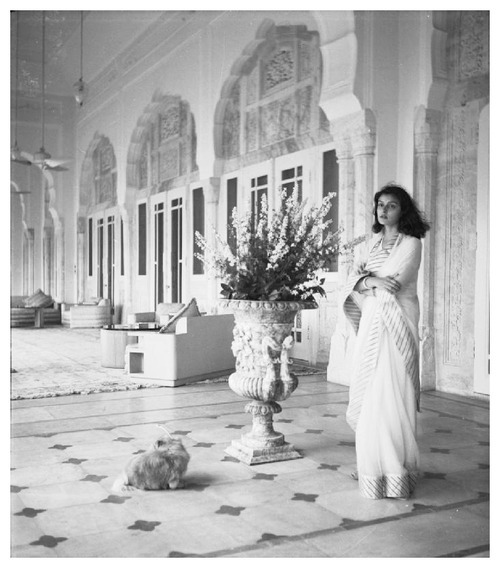
Maharani Gayatri Devi was related to several other erstwhile royal families in India. She was herself not from Rajput royalty, but from a dynasty native to Koch Bihar in Bengal, and maternally of Maratha stock.
A younger sister of the Maharani, and two nieces married into the main line of princely houses.
Kota a princely state in Rajasthan (princely family genealogy) married to Uttara, a princess of Cooch Behar, as his second wife in 1963). The Maharani of Kota (b. 1942), a niece of the late Maharani Gayatri Devi, has one son (married, with one son), and one daughter (Bhawani Kumari) married 1991 to the son and heir of the Maharaja of Burdwan, a notable zemindar, with issue two daughters. They are great-nephew and great-niece of the late Maharani.
Dewas Jr. (princely family genealogy), whose ruler married Menaka Devi (b. 1920), youngest sister of the Maharani, and had issue 2 daughters. The elder daughter (b. 1950) married the late Raja of Payagpur (d. 2005), and had issue, one son the present Raja, who married in 2006. The Raja of Payagpur is thus a great-nephew, and the Rajmata a niece of the late Maharani.
Her eldest sister Ila Devi (1914–1945) married into the Tripura royal family; her widower later married his cousin, a daughter and sister of Maharajas of Tripura. Their father is Bharat Dev Varma (a distant kinsman of a noted composer Rahul Dev Burman) and their mother a Tollywood starlet Moonmoon Sen, herself the daughter of a famous actress Suchitra Sen; his daughters are the Bollywood starlets – Riya Sen (b. 1981) and Raima Sen (b. 1979) – who are her great-nieces. Their paternal aunt, the late Devyani Devi (1938–2009, a few months before her aunt), a niece of Gayatri Devi, was the former wife of Prithviraj Singh (b. 1935), one of Gayatri Devi’s stepsons. (That marriage produced one son).
Baroda and descendants houses
The most significant royal connections are through Baroda. Her maternal grandparents were the remarkable Maharaja Sayajirao Gaekwad III (1863–1939) and his second wife Maharani Chimnabai II of Baroda. Thus, the next Maharaja Pratap Singh Gaekwad of Baroda was her first cousin, and his heirs Fatehsinghrao, Gaekwad of Baroda (1930–1988) and the current Gaekward Ranjitsinh, Gaekwad of Baroda (b. 1938) were her first cousins once removed. (A Baroda princess, Priyadarshini, niece of these men, is currently married to Jyotiraditya Scindia, Maharaja of Gwalior, a great-grandson of the man rejected by Gayatri Devi’s mother. Her brother, born 1970, is the eventual heir if the present Yuvaraj fails to produce a son).
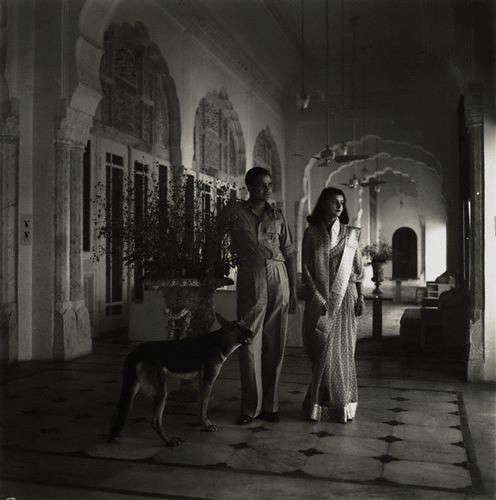
Other relatives, also descended from her maternal grandfather Sayajirao, included the rulers of Kota, Sawantwadi, Akkalkot, Jath, Dewas Jr., Jasdan, and Sandur. Of these, the most significant connections are:
Sawantwadi, a 9-gun-salute princely state in Bombay, now part of Maharashtra (princely family genealogy) linked by three marriages to Baroda princesses: firstly, Tarabai, the daughter of the Maharaja prior to her maternal grandmother married the ruler in 1899. Secondly, Laxmibai (1907–1961) a cousin of Gayatri Devi also married another Maharaja in 1922, with issue one daughter. The present Maharaja is the son of the third marriage, of the late Maharaja to the second daughter (b. circa 1935) of Pratap Singh Gaekwad of Baroda.
Jasdan, a tiny princely state in Saurashtra (princely family genealogy); the present ruler, 11th Chief of Jasdan, and his father the 10th Chief (d. 1989) married two Baroda princesses. The 11th Chief married his cousin, a daughter of the present head of the Baroda house). His sister (b. 1955) is named for the late Maharani.

Other connections
More tenuous connections exist to Dhar and Kolhapur:
Tehri-Garhwal, an 11-gun-salute princely state in Uttarakhand (princely family genealogy), where a cadet married a Baroda princess, and has issue.
Dhar, a 15-gun salute Maratha princely state in Madhya Pradesh (princely family genealogy): the late Maharaja (1920–1989) was married to in 1951 and divorced (date unknown) from a living Baroda princess, without issue.
Kolhapur, one of the two Maratha princely states descended from Shivaji (princely family genealogy): a previous Maharaja (d. 1940) married as his first wife a cousin of the late Maharani in April 1918, but apparently had no issue with her. (He had a daughter by his second wife). His wife Indumati Devi (1904–1954) apparently had no issue.
Maharani Gayatri Devi was also indirectly related to the former royal families of Lunawada (a daughter of the house married her great-nephew Vijit Singh) and Baria.

Family relationships by marriage
The late Maharani had an indirect relationship with the Maharajas of Pithapuram in Andhra Pradesh. The daughter of a previous Maharaja, the glamorous divorcee Sita Devi (1917–1989), was the controversial second wife of her first cousin Pratap Singh Gaekwad) from 1943 to 1956. Another daughter Kamala Devi (1920-1980s) married Gayatri Devi’s maternal uncle Indrajitendra, the second son of Maharaja Jitendra of Cooch Behar and Indira Devi, and had issue one son and one daughter. (The daughter Uttara Devi is now Maharani of Kota).
Through her marriage to Man Singh II, she was related to Maharaja Hanuwant Singh of Jodhpur (1923–1952). His aunt Marudhar Kanwar and cousin Krishna Kumari (daughters of previous Maharajas) were married to Sawai Man Singh II as his first and second wives. The Maharaja’s elder son Gaj Singh (b. 1948) is the present Maharaja of Jodhpur, and as such, a first cousin once removed of Maharaj Bhawani Singh of Jaipur; his only son Shivraj Singh is the heir apparent.
Other relatives by marriage include the Maharaja of Dewas, and the Maharaja of Tripura (whose kinsman married her eldest sister Ila Devi)
Death
The Maharani developed gastric problems in London and was admitted to a hospital there. She was being treated for gastric disorder at the King Edward’s Hospital in London and had expressed her desire to return to Jaipur. Gayatri Devi was flown in an air ambulance to Jaipur. She was admitted at Santokba Durlabhji Memorial Hospital (SDMH) on 17 July 2009. She died on 29 July 2009, reportedly due to lung failure.
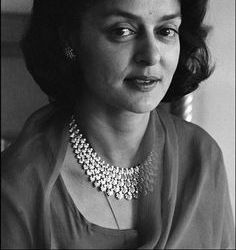
Her death came a day after the passing away of actress Leela Naidu, both of whom were named by Vogue as amongst the 10 most beautiful women in the world. Maharani Gayatri Devi died on 29 July 2009 at the age of 90.
26 notes
·
View notes
Text
A Princess Remembers
The Memoirs of the Maharani of Jaipur
Gayatri Devi was born to the Maharaja of Cooch Behar a small kingdom of rural Bengal and princess Indira devi of Baroda.
She was raised in a sumptuous palace staffed with 500 servents.
The book offers a glimpse of other princely states as well and gave astonishing details of the surroundings.
It is written from a maharani's point of view which also shows how the elite class looked upon the society.
Writing was quite lucid and the chapters made it easy for the readers to walk from one phase of her life to another.
It covered major events that happened in the country and the world in the 1900s from British raj to the assassination of indira gandhi. But the events were recorded quite briefly.
Big events like the world war, indo-china war and the emergency too were concisely mentioned.
It also gave intricate details and close encounters with many renouned personalities like Lord and Lady Mountbatten, Prince Phillip, Queen Elizabeth, Pandit Jawaharlal Nehru and John f Kennedy to name a few, showing jaipur must have been an important royal state with connections all over the world.
Gayatri devi also won a seat in the Parliament of India with the majority of 1,75,000 votes making a world record.
John F. Kennedy, president of the united states introduced her as "the woman with the most staggering majority that anyone has ever earned in an election".
The maharaja jaipur man singh || addressed in the book simply as 'jai' is presented as a glamorous charming maharaja of an oppulent state who plays polo, travels extensively throughout the world and threw extravagant parties. He also got deep sense of connection with the people of his state Jaipur, who worshipped him religiously.
The book had many photographs which made it more entracing and helped to paint a clear picture of how it all must have been like.
Glimpses of opulence was ubiquitous from her mothers french furnishing and live turtle inlaid with precious gems,parties, to expensive wedding ceremonies breaking world records.
Hunting processions were hard for me to read and accept as a form of entertainment, my heart ached everytime i read about a tiger or panther being shot.
In the introduction it says ' A Princess Remembers' presents an intimate look at the extraordinary life of one of the worlds most fascinating women but the book felt emotionally diluted, like a swift glimpse.
Pain and appalling events were simply listed and labelled tragic.
It felt that the purdah system prevalent in Jaipur put a veil on the proses of the memoir as well.
In the end Maharani described her life in the 1990s how her life from colossal palaces of baroda, cooch behar and rambagh strinked merely to a small bunglow 'lillypool'.
But she loved lillypool due to its proximity to ranbagh and also how it encapsulated golden memories.
She lost her mother, her brother and her most beloved jai.
But in the end she mentioned her daughter in laws, her sons, her grandchildren which felt like a subdue end to her story like a fairytale, where in the end everything goes right.
One of her greatest achievements according to me was the Maharani Gayatri Devi school for girls. A prominent step towards ending the purdah system and uplifting the stature of women in the state.

10 notes
·
View notes
Photo

Sir Cecil Walter Hardy Beaton, CBE was born on 14 January 1904 in Hampstead, north London. He was a British fashion, portrait, and war photographer, diarist, painter, and interior designer, as well as an Oscar–winning stage and costume designer for films and the theatre.
Beaton had relationships with various men: his last lover was former Olympic fencer and teacher Kinmont Hoitsma. He also had relationships with women, including the actresses Greta Garbo and Coral Browne, the dancer Adele Astaire, the Greek socialite Madame Jean Ralli (Lilia), and the British socialite Doris Castlerosse (1900–42).
He was knighted in the 1972 New Year Honours.
Two years later he suffered a stroke that left him permanently paralysed on the right side of his body. Although he learnt to write and draw with his left hand, and had cameras adapted, Beaton became frustrated by the limitations the stroke had put upon his work. As a result of his stroke, Beaton became anxious about financial security for his old age and, in 1976, entered into negotiations with Philippe Garner, expert-in-charge of photographs at Sotheby’s.
On behalf of the auction house, Garner acquired Beaton’s archive – excluding all portraits of the Royal Family, and the five decades of prints held by Vogue in London, Paris and New York. Garner, who had almost singlehandedly invented the photographic auction, oversaw the archive’s preservation and partial dispersal, so that Beaton’s only tangible assets, and what he considered his life’s work, would ensure him an annual income. The first of five auctions was held in 1977, the last in 1980.
By the end of the 1970s, Beaton’s health had faded. He died on 18 January 1980 at Reddish House, his home in Broad Chalke, Wiltshire, four days after his 76th birthday.
Work
Photographs
Sir William Walton, 1926
Stephen Tennant, 1927
Lady Diana Cooper, 1928
Charles James (designer), 1929
Lillian Gish, 1929
Oliver Messel, 1929
Lord David Cecil, 1930
Lady Georgia Sitwell, 1930
Gary Cooper, 1931
Molly Fink, 1926
Pablo Picasso, 1933
Dürrüşehvar Sultan, 1933
Marlene Dietrich, 1935
Salvador Dalí, 1936
Natalie Paley, 1936
Aldous Huxley, 1936
Daisy Fellowes, 1937
Helen of Greece and Denmark, Queen Mother of Romania, 1937
Lady Ursula Manners, 1937
Queen Sita Devi of Kapurthala, 1940
Bomb Victim (Eileen Dunne), 1940
Winston Churchill, 1940
Graham Sutherland, 1940
Charles de Gaulle, 1941
Walter Sickert, 1942
Maharani Gayatri Devi, Rajmata of Jaipur, 1943
John Pope-Hennessy, 1945
Isabel Jeans, 1945
Greta Garbo, 1946
Yul Brynner, 1946
Princess Fawzia Fuad of Egypt, Queen of Iran
Vivien Leigh, 1947
Marlon Brando, 1947
Truman Capote, 1948–1949
Bobby Henrey, 1948
Countess Cristiana Brandolini d'Adda, 1951
Duchess of Windsor, 1951
Vita Sackville-West, 1952
C. Z. Guest, 1952
Graham Greene, 1953
Elizabeth II’s Coronation, 1953
Alexis von Rosenberg, Baron de Redé, 1953
Elizabeth Taylor, 1954
Grace Kelly, 1954
Mona von Bismarck, 1955
Bernard Berenson, 1955
Joan Crawford, 1956
Mrs. Charles (Jayne Wrightsman), 1956
Maria Callas, 1956
Dame Edith Sitwell, 1956
Colin Wilson, 1956
Marilyn Monroe, 1956
Leslie Caron, 1957
Dolores Guinness, 1958
Princess Margaret, Countess of Snowdon, 1960
Albert Finney, 1961
Cristóbal Balenciaga, 1962
Lee Radziwill, 1962
Karen Blixen, 1962
Rudolf Nureyev, 1963
Audrey Hepburn, 1964
Margot Fonteyn, 1965
Jacqueline Kennedy, 1965
Sheridan Hamilton-Temple-Blackwood, 5th Marquess of Dufferin and Ava, 1965
Jamie Wyeth, 1966
Georgia O'Keeffe, 1966
Andy Warhol, 1967
Twiggy, 1967
Mick Jagger, 1968
Katharine Hepburn, 1969
Barbra Streisand, 1969
Gloria Guinness, 1970
Hubert de Givenchy, 1970
Mae West, 1970
David Hockney, 1970
Jane Birkin, 1971
Marie-Hélène de Rothschild, 1971
Marisa Berenson as Luisa Casati, 1971
Jacqueline de Ribes, 1971
Pauline de Rothschild, 1972
Tina Chow, 1973
Gilbert & George, 1974
Inès de La Fressange, 1978
Paloma Picasso, 1978
Caroline of Monaco, 1978
Olimpia de Rothschild, 1978
Dayle Haddon, 1979
Bibliography
The Book of Beauty (Duckworth, 1930)
Cecil Beaton’s Scrapbook (Batsford, 1937)
Cecil Beaton’s New York (Batsford, 1938)
My Royal Past (Batsford, 1939)
History Under Fire with James Pope-Hennessy (Batsford, 1941)
Time Exposure with Peter Quennell (Batsford, 1941)
Air of Glory (HMSO, 1941)
Winged Squadrons (Hutchinson, 1942)
Near East (Batsford, 1943)
British Photographers (William Collins, 1944)
Far East (Batsford, 1945)
Cecil Beaton’s Indian Album (Batsford, 1945–6, republished as Indian Diary and Album, OUP, 1991)
Cecil Beaton’s Chinese Album (Batsford, 1945-6)
India (Thacker & Co., 1945)
Portrait of New York (Batsford, 1948)
Ashcombe: The Story of a Fifteen-Year Lease (Batsford, 1949)
Photobiography (Odhams, 1951)
Ballet (Allan Wingate, 1951)
Persona Grata with Kenneth Tynan (Allen Wingate, 1953)
The Glass of Fashion (Weidenfeld & Nicolson, 1954)
It Gives Me Great Pleasure (Weidenfeld & Nicolson, 1956)
The Face of the World: An International Scrapbook of People and Places (Weidenfeld & Nicolson, 1957)
Japanese (Weidenfeld & Nicolson, 1959)
Quail in Aspic: The Life Story of Count Charles Korsetz (Weidenfeld & Nicolson, 1962)
Images with a preface by Edith Sitwell and an introduction by Christopher Isherwood (Weidenfeld & Nicolson, 1963)
Royal Portraits with an introduction by Peter Quennell (Weidenfeld & Nicolson, 1963)
Cecil Beaton’s ‘Fair Lady’ (Weidenfeld & Nicolson, 1964)
The Best of Beaton with an introduction by Truman Capote (Weidenfeld & Nicolson, 1968)
My Bolivian Aunt: A Memoir (Weidenfeld & Nicolson, 1971)
Diaries
Cecil Beaton’s Diaries: 1922–39 The Wandering Years (Weidenfeld & Nicolson, 1961)
Cecil Beaton’s Diaries: 1944–48 The Happy Years (Weidenfeld & Nicolson, 1972)
Cecil Beaton’s Diaries: 1948–55 The Strenuous Years (Weidenfeld & Nicolson, 1973)
Cecil Beaton’s Diaries: 1955–63 The Restless Years (Weidenfeld & Nicolson, 1976)
Cecil Beaton’s Diaries: 1963–74 The Parting Years (Weidenfeld & Nicolson, 1978)
Self Portrait with Friends: The Selected Diaries of Cecil Beaton 1926–1974 edited by Richard Buckle (Weidenfeld & Nicolson, 1979)
The Unexpurgated Beaton: The Cecil Beaton Diaries as they were written with an introduction by Hugo Vickers (Orion, 2003)
Beaton in the Sixties: More Unexpurgated Diaries with an introduction by Hugo Vickers (Weidenfeld & Nicolson, 2004)
In the 1989 Australian film Darlings of the Gods, Beaton was portrayed by Shane Briant. In Netflix’s 2016 series The Crown, Beaton was portrayed by Mark Tandy.
Beaton often photographed the Royal Family for official publication. Queen Elizabeth The Queen Mother was his favourite royal sitter, and he once pocketed her scented hankie as a keepsake from a highly successful shoot. Beaton took the famous wedding pictures of the Duke and Duchess of Windsor (wearing an haute couture ensemble by the noted American fashion designer Mainbocher).
Daily inspiration. Discover more photos at http://justforbooks.tumblr.com
45 notes
·
View notes
Photo

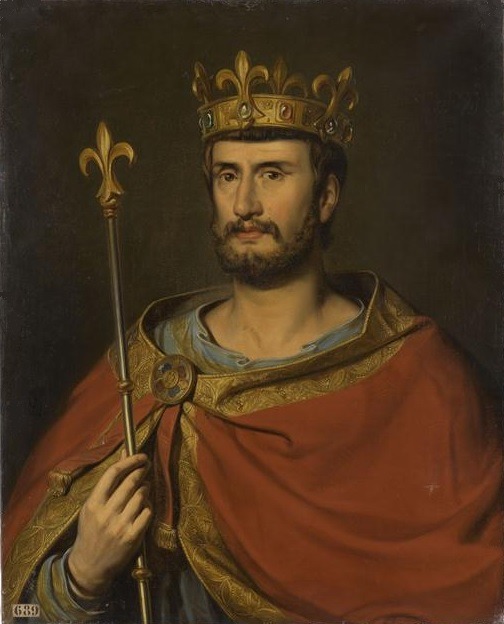
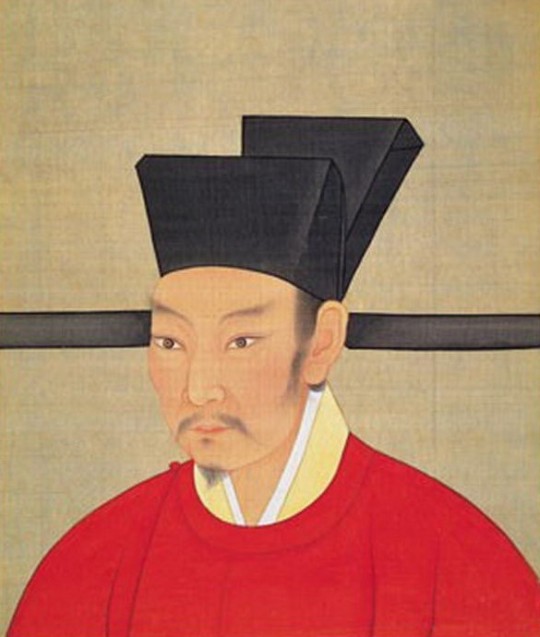
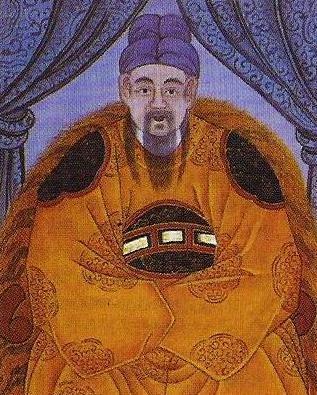
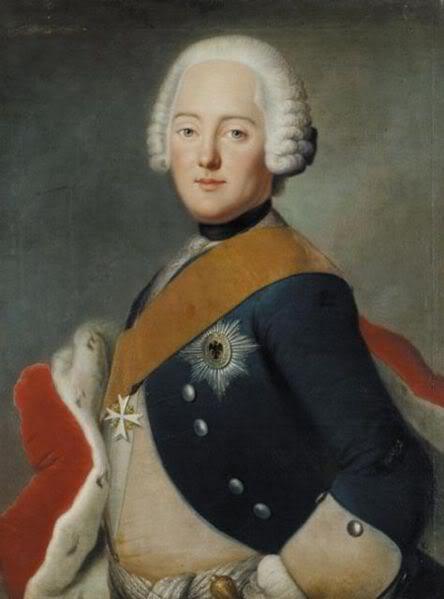
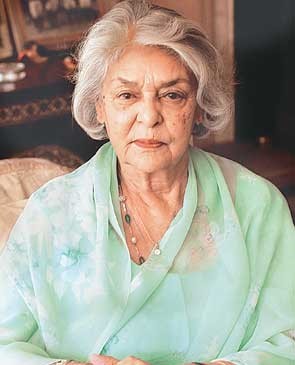
Royal Birthdays for today, May 23rd:
K'inich Kan B'alam II, Mayan King, 635
Philip I, King of France, 1052
Qinzong of Song, Emperor of China, 1100
Gongmin of Goryeo, Korean Ruler, 1330
Augustus Ferdinand, Prince of Prussia, 1730
Gayatri Devi, Maharani of Jaipur, 1919
7 notes
·
View notes
Text




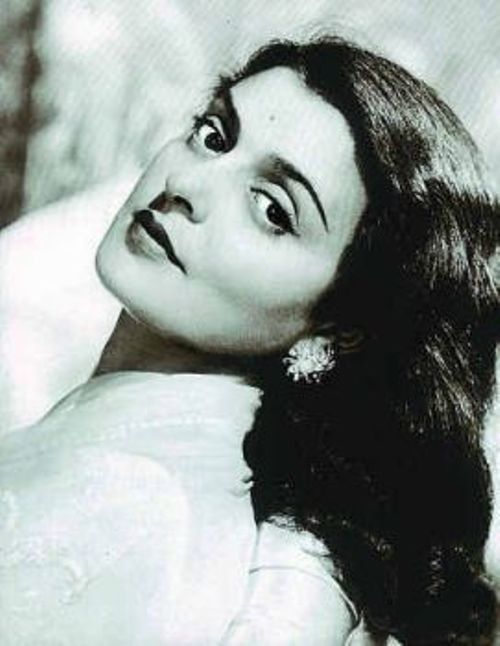




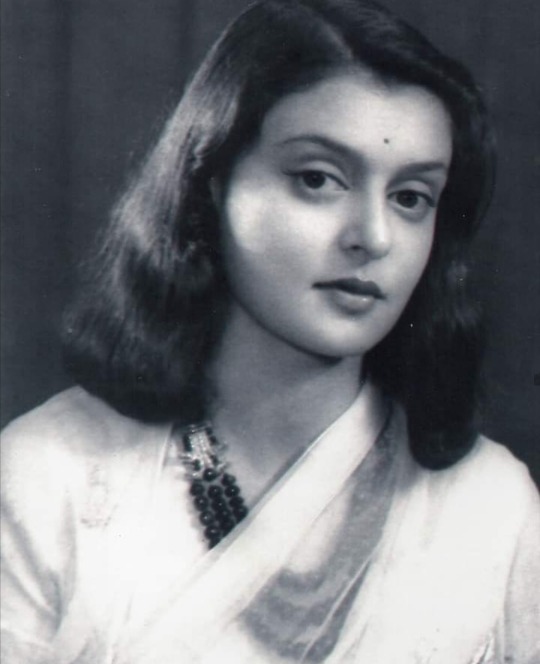
Gayatri Devi (1919-2009).
Indian princess and politician.
.
She was the third Maharani consort of Jaipur from 1940 to 1949, a politician, and philanthropist who was admired as an icon of glamorous royalty but later emerged as an outspoken politician and social activist.
.
Ethnically born in a Koch Rajbongshi Hindu family, her father was Maharaja Jitendra Narayan of Cooch Behar in West Bengal, and her mother was Maratha Princess Indira Raje of Baroda, the only daughter of Maharaja Sayajirao Gaekwad III.
.
In 1940 she became the third wife of Sawai Man Singh II, the maharajah of Jaipur and an international polo player. Gayatri Devi rejected purdah (the seclusion expected of female Indian royalty), traveled frequently, and received foreign dignitaries, including U.S. first lady Jacqueline Kennedy in 1962. Gayatri Devi also founded several girls’ schools.
.
Following India's independence and the abolition of the princely states, she became a successful politician in the Swatantra Party. She advocated free enterprise and greater involvement with the West. She served 12 years in Swatantra Party, during which time she was a prominent critic of Indira Gandhi's government. When Prime Minister Gandhi declared a state of emergency in 1975, she was arrested due to an alleged political vendetta on the false accusation of violating tax laws and was jailed for five months. After her departure from politics, she lived a quiet life in her large estate, spending time with her grandchildren and on hobbies and leisure.
She published her biography, A Princess Remembers, written by Santha Rama Rau, in 1976.
.
Gayatri Devi was also celebrated for her classical beauty and became something of a fashion icon in her adulthood.
She was a particularly avid equestrienne. She was an excellent rider and an able Polo player. Her Highness was fond of cars and is credited with importing the first Mercedes-Benz W126, a 500 SEL to India which was later shipped to Malaysia.
.
She had a son, Prince Jagat Singh.
She died on 29 July 2009 in Jaipur, at the age of 90. She was suffering from paralytic ileus and a lung infection. She left an estate estimated at nearly half a billion USD.
139 notes
·
View notes






